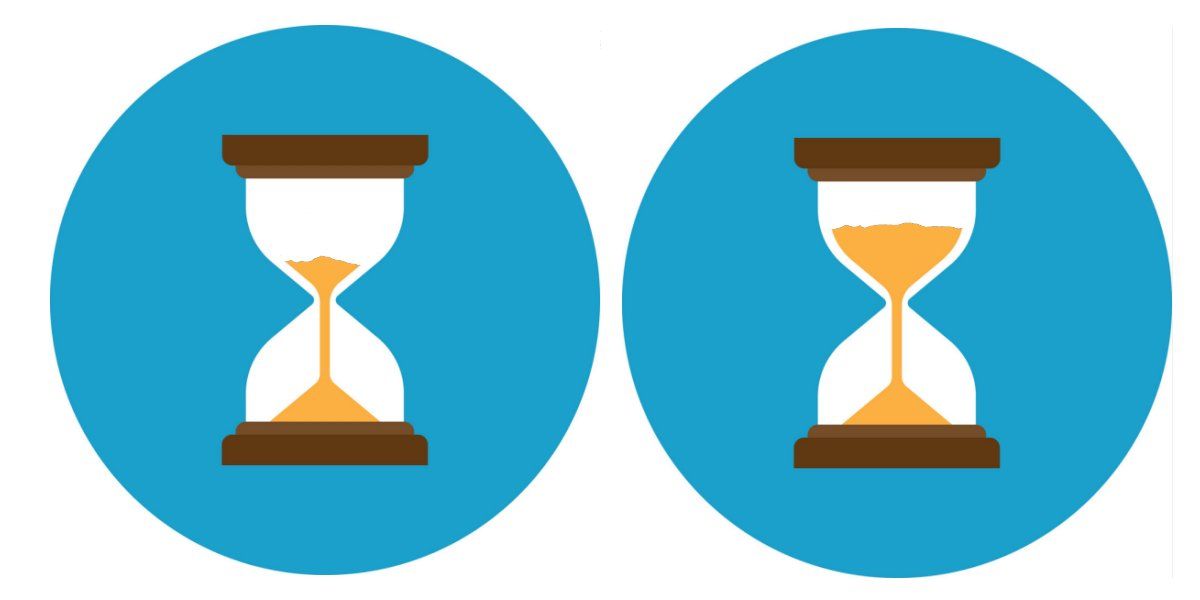In an ideal world the customer would just pop in their credit card and start paying for your product from the beginning. The product should be simple enough and the UX and supporting documentation should be such, that the user can easily understand it and be able to see how it would suit their needs. This is the principle behind product lead growth.
However, for most Software as a Service (SaaS) products the problem they are trying to solve is just too complex and the user needs to be able to see if it matches their requirements. That's where the free trial comes in and according to Microconf up to 66% of SaaS companies offer a free trial and 78% of these do not require a credit card to sign up for a free trial.
In the bustling world of SaaS, the free trial period is a critical phase. It's the juncture where potential customers get to experience your product firsthand, testing its features, functionality, and user-friendliness. For SaaS companies, determining the optimal duration of a free trial is a strategic decision that can significantly impact customer acquisition, conversion rates, and overall business success. So, how long should your SaaS free trial be? Let's delve into the factors that can help you find the perfect duration for your product.
Understanding the Psychology of Free Trials
Before we dive into the ideal length for your SaaS free trial, it's essential to understand the psychology behind it. Free trials serve multiple purposes: they attract potential customers, allow them to evaluate the product's value, and create a sense of commitment reciprocity. When users invest time in exploring your software during a free trial, they feel obligated to reciprocate the effort, often leading to a paid subscription.

Short vs. Long: The Great Debate
SaaS companies often grapple with the decision of offering a short, time-limited trial or a more extended, freemium-style experience. Short trials, typically lasting 7 to 14 days, create a sense of urgency, encouraging users to explore the product quickly. Long trials, on the other hand, lasting 30 days or more, provide users with ample time to explore all features thoroughly. In 2023, the average startup saw a 24% increase in sales cycle from early 2022 to 2023. So customers are taking more time to make decisions.
The Case for Short Trials: Creating Urgency and Commitment
Short trials are best suited for products with intuitive interfaces and straightforward functionality, where users can grasp the product's value within a brief period.
There are a lot of benefits from a shorter trial period including:
More Urgency
Short free trials create a sense of urgency. Users are prompted to dive into the software immediately, exploring its features promptly, compelling users to make a decision swiftly.
Moreover, short trials attract a specific audience: individuals actively seeking a solution to an immediate problem. These users are more likely to engage deeply with your product during the trial period, making it easier to convert them into paying customers.
That's why Steli Efti says that "short trials are better for your bottom line".
Trial Extensions and Engagement
However, the downside is that some potential users might feel rushed, leading to incomplete evaluations and potentially lost conversions. You can always offer an extension to the trial. Steli reckons that up to 30% of people on short trials will ask for more time and this is an opportunity to engage with these prospective customers.

Lower Customer Acquisition Costs
Another advantage from a sales point of view according to Sean Ellis is that "a short trial period means that each sales person has a lot less prospects that they need to manage at any one time in the pipeline". This allows them to concentrate on the prospects and helps to shorten your sales cycle. Shortening your sales cycle from, let's say, six weeks to four weeks will reduce your CAC (customer acquisition cost) significantly. This is one of the most important metrics for every SaaS startup and this will improve the overall economics of your business.
The Case for Long Trials: Nurturing Relationships and Fostering Trust
Long free trials provide users with a more relaxed, immersive experience. Users have ample time to explore the software's intricacies, integrating it into their daily routines. This extended engagement often leads to a better understanding of the product's value proposition, fostering trust and loyalty. Moreover, long trials are ideal for complex SaaS products that require in-depth exploration, customization, or extensive user training.
Build Relationships
Additionally, long trials enable SaaS companies to build relationships with users over time. Regular communication during the trial period, such as onboarding emails, tutorials, and webinars, can further enhance user engagement and trust. Users are more likely to convert into paying customers if they have a positive, ongoing interaction with your product and support team.
Fostering Trust
Another advantage of longer trials is that it gives the customer an opportunity to build trust in both that the product will meet their requirements and that the support will be there to help them be successful. This is particularly true when getting up and running requires a considerable effort and investment on behalf of the prospective customer or where the cost of the product is high.
Finding the Middle Ground: The Hybrid Approach
As with many things in life, balance is key. A hybrid approach, combining the urgency of a short trial with the immersion of a long trial, can often yield the best results. For instance, offering a 14-day trial with limited features followed by a 30-day extended trial with full access can cater to both types of users.
During the initial short trial, users get a taste of your software's core functionalities. If they find value, they are more likely to commit to the extended trial, where they can explore advanced features and fully integrate the software into their workflow. This approach allows you to capture the attention of users seeking immediate solutions while nurturing relationships with users who need more time to evaluate your product thoroughly.
Conclusion: Tailoring Your Free Trial to Your Audience
In the end, there's no one-size-fits-all answer to the question of how long your SaaS free trial should be. The ideal duration depends on your product's complexity, your target audience, and your business goals. Understanding your users' needs and behaviors is paramount. Analyze user data, conduct surveys, and gather feedback to identify patterns and preferences among your audience.
Remember, the free trial period is not just about convincing users to subscribe; it's an opportunity to showcase the value of your product and create a positive user experience. By striking the right balance between urgency and immersion, you can maximize conversions, increase customer satisfaction, and ultimately, drive the success of your SaaS business.
For SaaS Metrics and Analytics, check out Subbiemetrics



